Text
Description Source
“Travel Global, Eat Local.” TasteAtlas, www.tasteatlas.com/.
0 notes
Text


Martin fierro-
Uruguay, South America
This dessert is the fancy grown up version if you liked cream cheese and jelly as a child. Martin Fierro puts together a thick slice of cheese and quince paste, either on a toothpick or by itself. The cheese used is called manchego cheese, it is salty and firm and the paste is dulce de membrillo. They named the dessert after a character from a book written by Jose Hernandez who was from Argentina. The book and character in the book is named Martin Fierro.
In the more modern day versions you can also use queso fresco instead of manchego. The recipe is fairly easy just needing a block of cheese and quince paste. Quince, I learned, is a golden yellow tropical fruit similar to a pear. It has a tart and sour taste so it is often used to make jellies and preserves. You can easily make this paste by dicing up, boiling, pureeing, and baking it at the lowest setting, and drying it overnight. Sounds easy enough right?
0 notes
Text
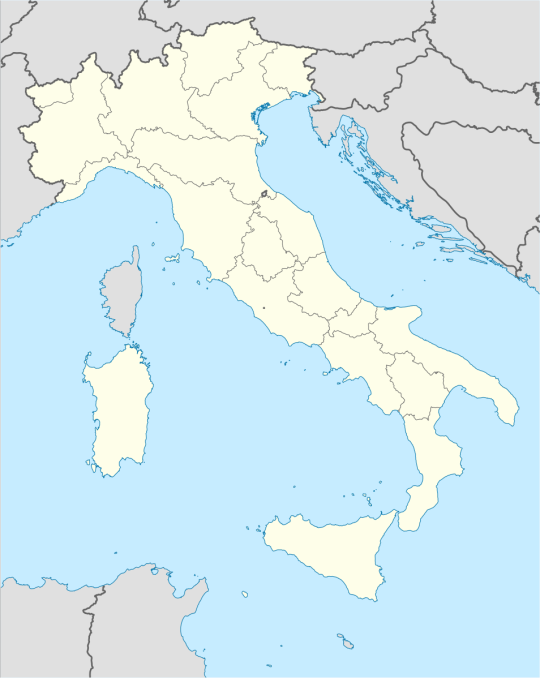

Cannoli
Sicily, Italy
My absolute favorite. This treat is a crispy fried pastry tube filled with ricotta cheese. It originated around Palermo during the 19th century while Sicily was still under Arab rule. Legend says that they were originally prepared by the women in the city Qal'at al-Nisa, a harem of the Saracen emir. Later the recipe was found again and being made by the nuns in Palermo during carnival season. Cannoli are also very popular in North America thanks to Sicilian immigrants in the late 19th century.
The traditional way to make cannoli are to flavor the pastry shell with cocoa, suet, and Marsala wine. The ricotta cheese can be flavored with orange blossom water. You pipe each tube with cheese then dip each end in candied orange peels, chocolate, pistachios, candied pumpkin, or the American way with sprinkles.
0 notes
Text
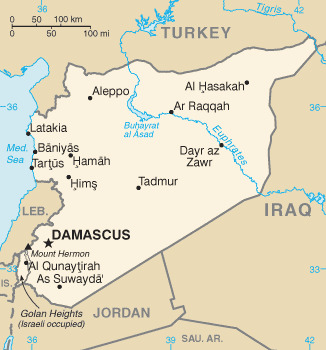
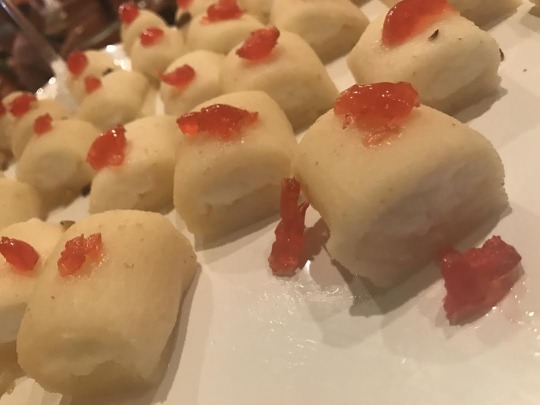
Halawet el-jeben
Hama, Syria
These are sweet cheese rolls which are commonly associated with Arab and Levantire countries. Although it is believed they originated in the city of Hama in Syria. Ingredients are semolina, water, rose water, and cheese. Traditionally they often use akkawi or majoola cheese. Many modern variations however swap these for mozzarella. The ingredients are mixed together to create a soft dough that will be rolled out into thin sheets. The filling is a thick clotted cream that is piped onto the dough and then rolled into thin logs. Those get sliced up into small bites and served with rose petal jam and pistachios.
0 notes
Text

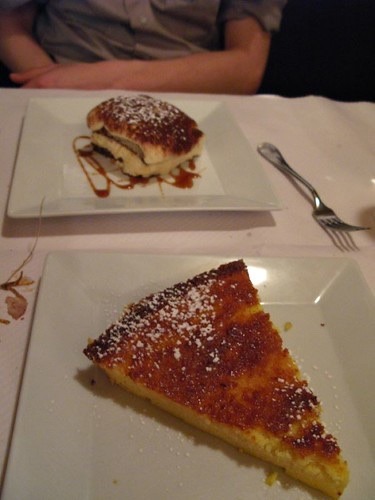
Fiadone
Corsica, France
Looks similar? This dish is the corsican take on the famous cheesecake. It is prepared with brocciu, which is fresh whey from goat’s milk or ewe’s milk, eggs, sugar, lemon zest, and lemon juice. It used to be a staple dish for various occasions during the holiday season but now is eaten throughout the year. And I just can’t blame them for that.
0 notes
Text

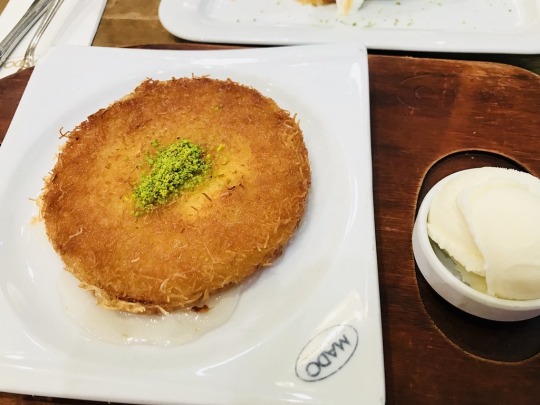
Kunafah-
Egypt, Africa
Turkey. Asia
A traditional Ramadan dessert that some say originated from Syria, and others say the city of Nablus is where it is from. It is also listed as one of Egypts national dishes. This dessert is made with two layers of crunchy shredded and buttered knefe dough , filled with cream cheese, and flavored with orange zest and cardamom. It then can be drizzled in a sugar syrup infused with lemon juice and orange blossom water. The Turkish version is traditionally made with hatu, urfa, or antep cheese and topped with pistachios.
The Egyptian legend says that kunafah was originally made for a Fatmid prince who had a rough time surviving the fast during the holy month of Ramadan.
1 note
·
View note